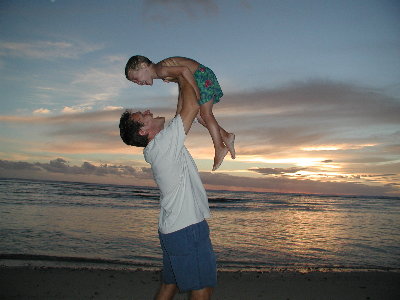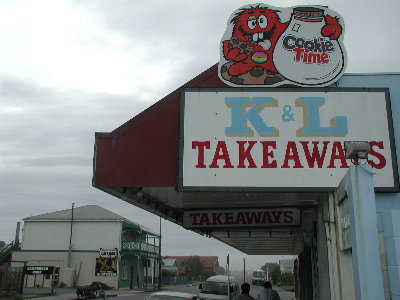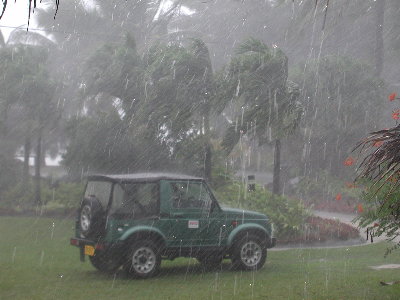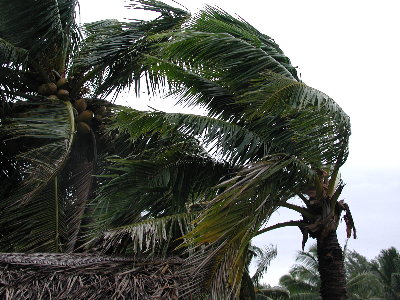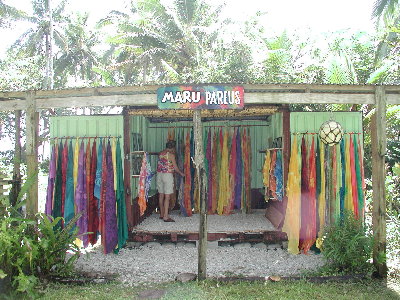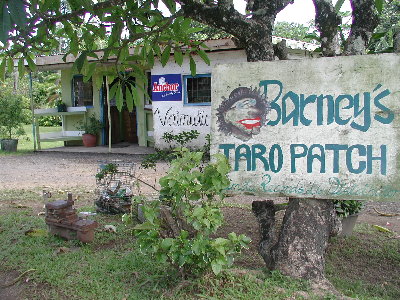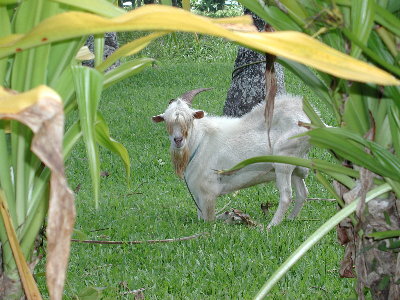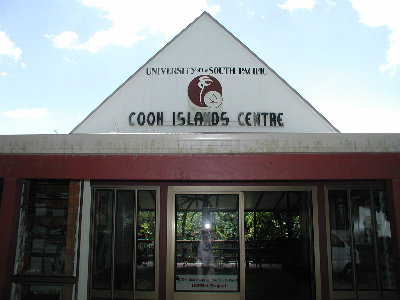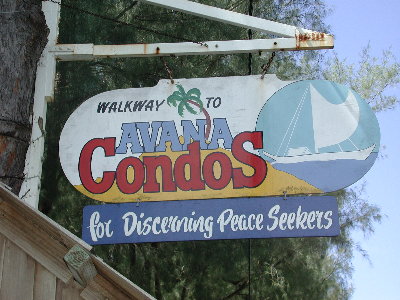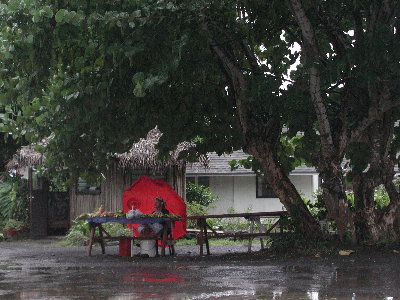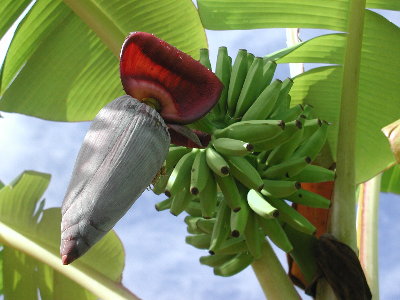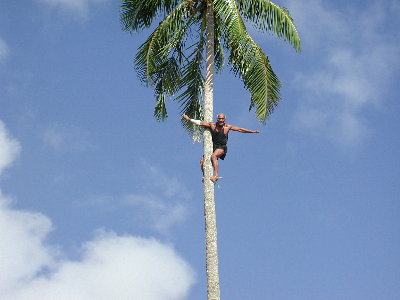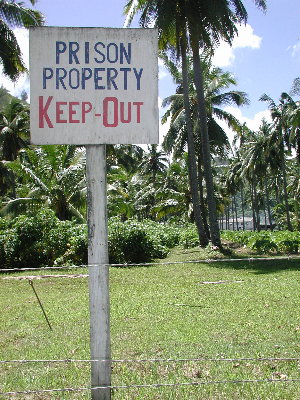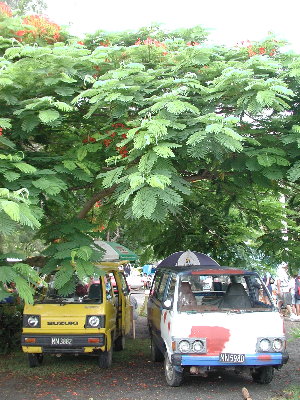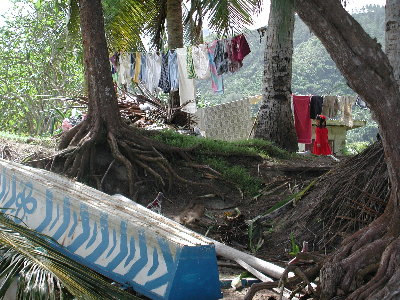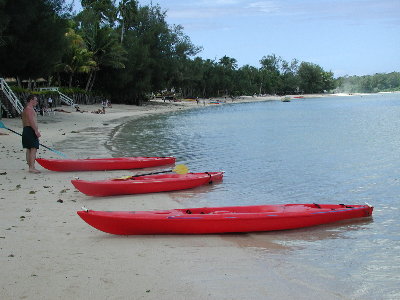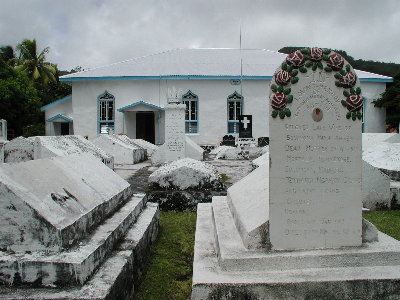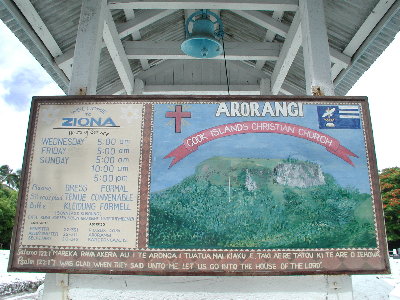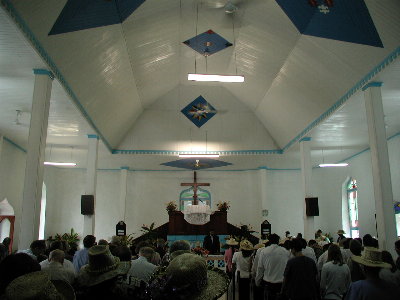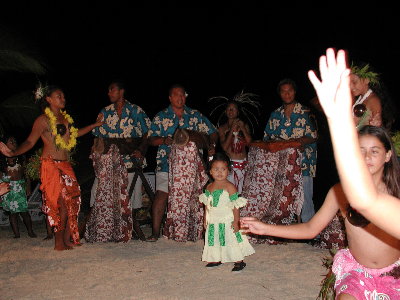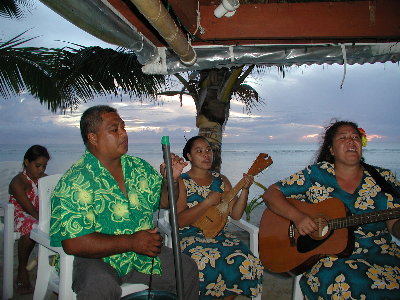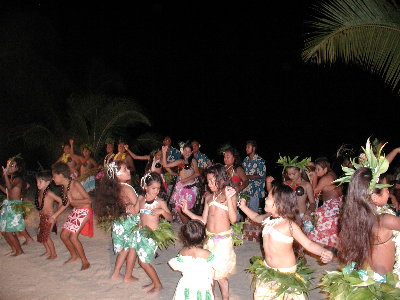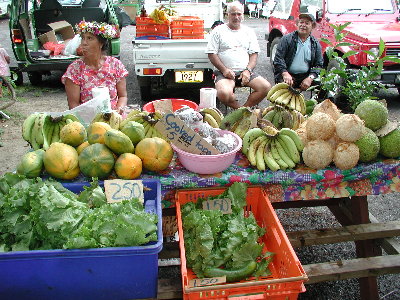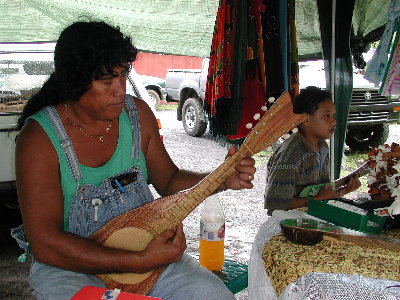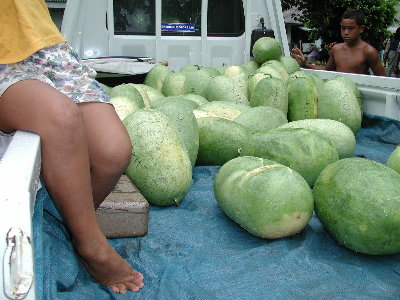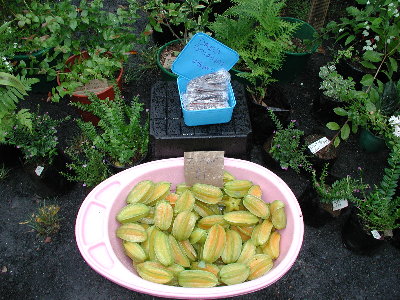Ending with a Whimper
2/24/01: Rarotonga, Cook Islands

As we share travelogs and photos, we try to tell it like it is. We strive not to write like some photocopied Christmas letters that rave, brag, and boast—and instead endeavor to describe what we see over how we feel. (After all, the snowbound, the overworked, and the vacation-deprived probably don’t want to read about global gloating.) But for the most part, we have had a wonderful trip. So forgive us if it appears we got lucky, played our cards right, or received good karma from the travel gods. But if you think we’re incapable of dirtying our rose-colored glasses, read on.
The list of minor snafus on Rarotonga made up for our good fortune elsewhere. And while we liked the place a lot, we’re not entirely sure it liked us. Here are just a few of our misadventures.
- That’s sick. One of us caught a—cold? Flu? Both? It lasted for days and made one of us a suffering nuisance. Another of us got the “Bali Belli,” the type that sends your vacation straight to the toilet. That same person, he who loves to snorkel, then took on a double ear infection with side effects of deafness, orneriness, shots in the bum, and fear of flying.
- Wild weather. When the hurricane and/or cyclone wasn’t rocking the island, the heat and humidity were unlike anything we’ve ever experienced (and A.C. is as rare as snow shovels here). Afternoon activities were best left to seeking shade and a fast fan. What do you expect in the tropics in the summer? Guess we never asked.
- Transportation funk. It’s possible we could have had worse luck with catching (missing) busses, being left behind from tour groups (including at 2 am), and biking in the rain—but it’s not likely.
- Ants, the true story. Amazingly, there were few mozzies, sandflies, cockroaches, or the other usual insect suspects. That must be because they all got eaten by the little red ants. They invaded our hut by the millions so relentlessly that, eventually, we gave up fighting them. And yes, they bite.
- Attitude adjustment. For the most part, the Islanders are beatific, beautiful people; if you ask a stranger for directions, her smile can make you melt. Conversely, though, often when you ask a receptionist a simpler question, you got the glare, the stare, or the snarl. It’s understandable: A career of serving itinerant sun-worshipers would burn anyone out. But it got tiring for those of us who’ve never been here, and were just trying to find our way.
There’s more, but you get the picture. We don’t feel terribly defeated. And we would still recommend this lost-in-time slice of the South Pacific. But when on the move, you need to find a groove. And here, it seems like we were too hot or tired or sick to sustain one.


